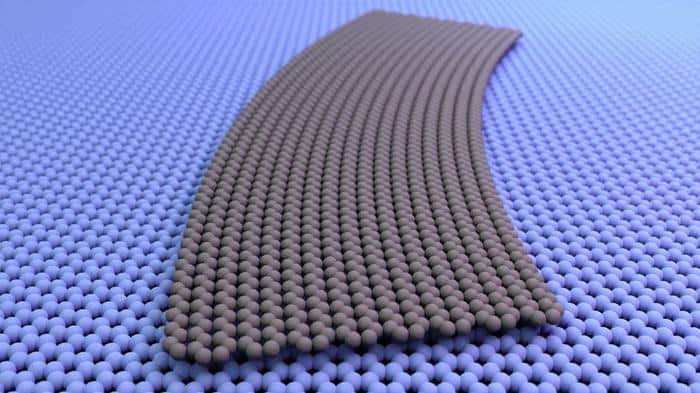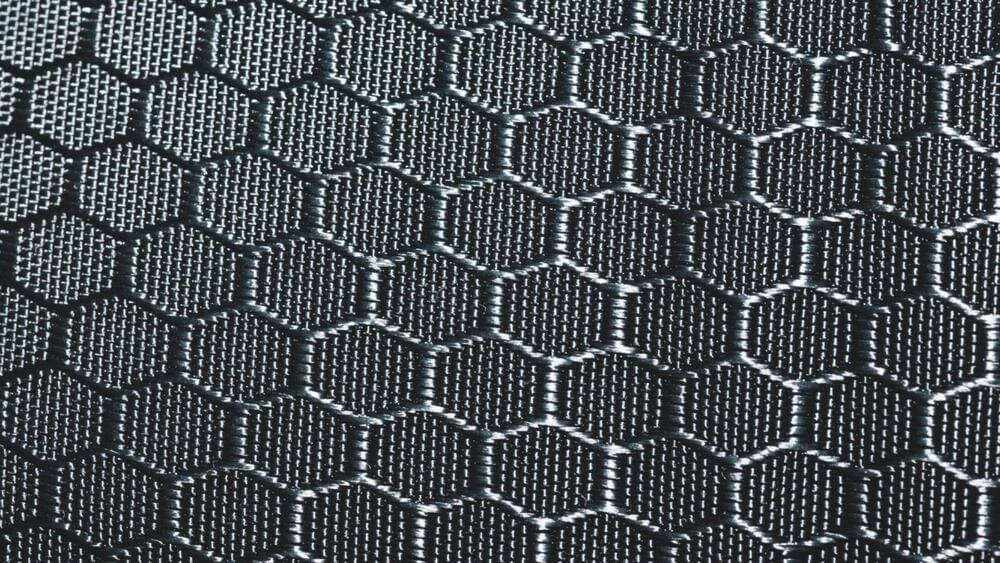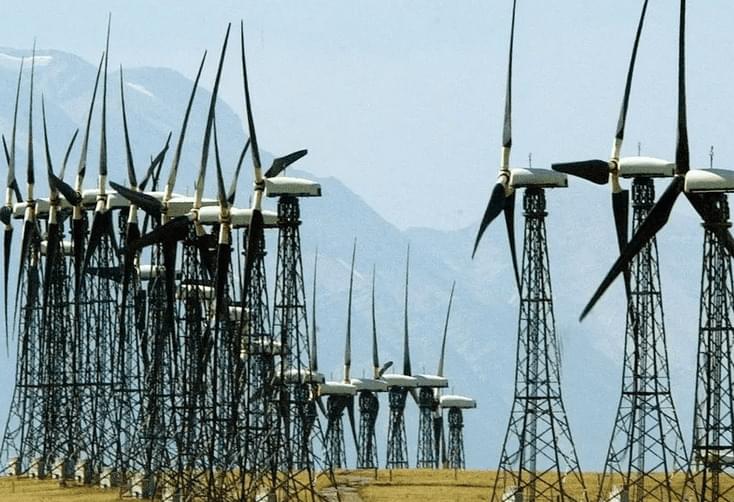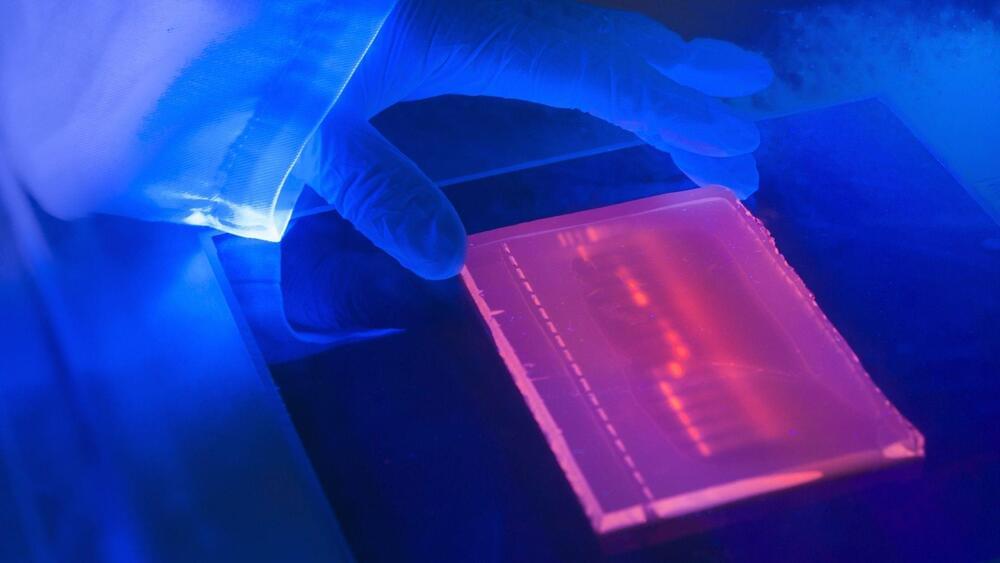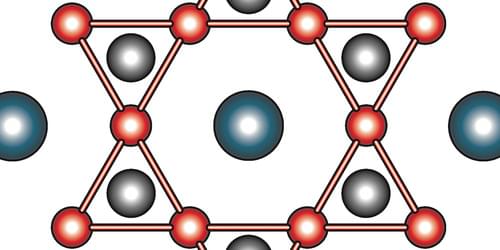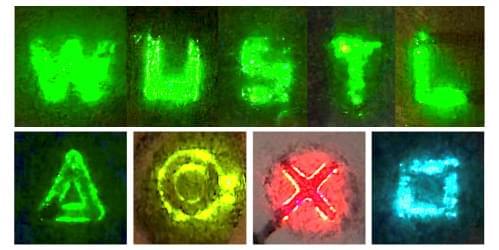A new technique allows for much better control of twist angle and strain in layered two-dimensional materials.
Archive for the ‘materials’ category: Page 38
Sep 19, 2023
Study: MXene versatile material successfully mass-produced
Posted by Genevieve Klien in category: materials
MaxKolmeto / iStock.
A team of researchers led by Seung-Cheol Lee, director of the Indo-Korea Science and Technology Center(IKST) at the Korea Institute of Science and Technology (KIST), developed a method to predict the distribution of molecules on the surface using the magnetoresistance property of MXene, according to a statement by the scientists.
Sep 19, 2023
Extract Rare Earth Magnets from Retired Wind Turbines
Posted by Omuterema Akhahenda in categories: materials, sustainability
“In particular, the wind turbine sector uses very large quantities of a rare earth magnet that’s an alloy of neodymium, iron and boron (NdFeB). These NdFeB magnets are critical components used in PMSGs (Permanent Magnet Synchronous Generator) in larger onshore and offshore wind turbines”.
Extracting the rare earth magnets from end-of-life wind turbines and enabling their use in new wind turbines, both onshore and offshore
Named Re-Rewind, the partnership, partly funded by Innovate UK, aims to establish the UK’s first circular supply chain for the rare earth magnets used in wind turbines.
Continue reading “Extract Rare Earth Magnets from Retired Wind Turbines” »
Sep 17, 2023
Researchers develop a novel method to generate deep-UV light
Posted by Gemechu Taye in categories: biotech/medical, materials
This device can generate deep-UV light with a very narrow wavelength range that is safe for humans but lethal for germs.
A new device that can generate deep-ultraviolet (UV) light to kill germs without harming humans has been developed by a team of researchers from Osaka University, Japan. The device uses a novel method of combining two visible photons into one deep-UV photon inside a thin waveguide made of aluminum nitride, a material that has nonlinear optical properties.
The research, named “229 nm far-ultraviolet second harmonic generation in a vertical polarity inverted AlN bilayer channel waveguide,” has been published in the journal Applied Physics Express.
Sep 17, 2023
A nonrelativistic and nonmagnetic mechanism for generating terahertz waves
Posted by Paul Battista in categories: materials, nanotechnology
Scientists and engineers keep developing ever faster and more powerful technological devices. But there is a need for even faster and more efficient electronics. A promising route is to take advantage of terahertz waves, a less-explored part of the electromagnetic spectrum nestled between the infrared and microwave regions. Terahertz waves are uniquely sensitive to charge carriers in conducting systems, proving a powerful probe to understand the magnetic properties of new materials.
The quest for ultrafast electronics and coherent terahertz sources can be significantly aided by the precise and ultrafast control of light-induced charge currents at nanoscale interfaces.
Existing methods, including inverse spin-Hall effect (ISHE), inverse Rashba–Edelstein effect, and inverse spin-orbit-torque effect, convert longitudinally injected spin-polarized currents from magnetic materials to transverse charge currents, thus generating terahertz waves. However, these relativistic mechanisms rely on external magnetic fields and suffer from low spin-polarization rates and relativistic spin-to-charge conversion efficiencies characterized by spin-Hall angle.
Sep 17, 2023
Graphene Has Topological Phonons
Posted by Saúl Morales Rodriguéz in category: materials
New experiments reveal graphene’s exotic phonon spectrum with unprecedented detail and completeness.
Sep 17, 2023
Experiments Support Theory for Exotic Kagome States
Posted by Saúl Morales Rodriguéz in category: materials
The observation of Fermi “pockets” in the Fermi surface of exotic superconductors provides a major step toward explaining some mysterious electronic states.
Sep 17, 2023
Handwritten LEDs Light Up the Page
Posted by Saúl Morales Rodriguéz in categories: energy, materials
Using a ballpoint pen filled with specially formulated inks, scientists have designed LEDs that can be drawn on everyday materials.
Even in our digital age, ballpoint pens are an irreplaceable tool for writing down flashes of inspiration or signing legally binding documents. The ink flowing through these everyday objects has always been a passive absorber of light, but Junyi Zhao from Washington University in St. Louis and colleagues have now changed that [1]. The team has designed a ballpoint pen that writes with ink that produces light as a light emitting diode (LED).
LEDs are used in everything from TV screens to lightbulbs. They are often made using highly tunable semiconducting materials called halide perovskites. However, these devices have traditionally been time and energy intensive to fabricate, and they do not easily adhere to nonuniform substrates, such as fabric and plastic.
Sep 16, 2023
This insect-sized robot can carry 22 times its own weight
Posted by Shailesh Prasad in categories: materials, robotics/AI
An insect-sized robot powered by tiny explosions can crawl, leap and carry a load many times its own weight.
The robot, developed by materials engineer Robert Shepherd at Cornell University in Ithaca, New York, his PhD student Cameron Aubin and their colleagues, is powered by tiny actuators. “The actuator kind of looks like a drum. It’s a hollow cylinder with an elastomeric silicone rubber on the top,” says Aubin.
The researchers used four actuators to drive the robot’s feet. To make the robot jump or crawl, a stream of methane and oxygen is fed into each foot and sparked with electricity from a battery. The resulting reaction between the gases to form water and carbon dioxide releases energy as a small explosion, causing the rubber layer to deform. “That acts sort of like a piston,” Aubin says.
Sep 16, 2023
Generative AI needs a court ruling on fair use of training data to stop all these lawsuits
Posted by Dan Kummer in categories: materials, robotics/AI
A group of authors led by Pulitzer Prize winner Michael Chabon has filed suit against Meta and OpenAI in federal court in San Francisco. Another, you might rightfully ask.
The allegations are the same as in the pending lawsuits: direct and vicarious copyright infringement, removal of copyright information, unfair competition, and negligence.
The authors allege that their copyrighted works have been included in the training material of the respective AI systems without authorization, specifically in the so-called book datasets.
